Lockdown brought about an exponential increase in my social media screen time to the point of saturation and forced me to re-evaluate the good, the bad and the ugly of both Twitter and Instagram. My conclusion is that these days I mostly spend time on Instagram, as it’s the only kind of social media network that I still find enjoyable.
Bye Bye, Trolls
I stopped using Facebook a long time ago, and in recent years Twitter has become a bit of a toxic cesspool, populated by trolls and people simply looking for non-stop arguments. Twitter came into the world around 13 years ago and it quickly drew me in with its quick wit, interactive nature and the access to real-time, first-hand coverage of world-changing events. It seemed like a great equalizer, a place to discuss any topic with anyone around the world, whether experts or everyday Joes (definitely a lot of the latter). Perhaps it was a more naïve, Obama-y time, but in recent years the global conversation which started there has felt less like a promised land of diverse voices and more like a very shouty, monochrome battleground.
Instagram came into being about a decade ago, but I started using it in 2013, with a marked increase in usage in the last couple of years. Now, I don’t work in the wine trade or in marketing, and I’m not an expert on either. But I do have a degree in visual communication and I’ve been using Twitter and Instagram regularly for years, mostly for pleasure and occasionally for work. Also, in the past I’ve helped friends who own small wineries as well as hospitality businesses to create and run their accounts. So based on these limited credentials, avid user experience, and a love of wine, I decided to share with you my very unscientific analysis of what works and what doesn’t with “Wine Instagram”.
Instagram != Twitter
Even though the most toxic fights seem to happen around political and social issues, Wine Twitter is not immune to polemic, contrarian, righteous, cliquish behavior (with a vinegary garnish of mansplaining). Even the most seemingly neutral tweets about drinking a wine or attending an event will often elicit an endless discussion that frequently veers into completely different topics that’s impossible to keep track of.
The fact that some time ago Twitter decided to show replies to a tweet in a non-linear way, creating lots of side conversations or threads, doesn’t help anything. But also the very structure of Twitter, which by design is not meant to last, means that everything is buried and forgotten almost instantly, so the same topics keep coming back over and over like garlic breath. How many times can one discuss the best bottle closures? Or how many times can one engage in frustrating debates about natural wine? The answer, within the bounds of Twitter would seem to be: infinitely.
This brings me to Wine Instagram. It’s not a perfect place either. But much like Joe Biden’s big selling point being that he’s “not Trump”, I think that nowadays Instagram’s main draw is that it’s “not Twitter”.
For many people, particularly those of us who are simply “advanced drinkers”, it is a much happier place. It is not populated by snobs or cranky curmudgeons who feel the need to constantly show off their knowledge or take others down (or at least I don’t encounter them there nearly as much). Whenever there are discussions below photo posts, they tend to be much more positive and generous than the ones on Twitter.
Of course, there are plenty of shallow people and those simply motivated by numbers, the “influencer” currency to feel important. But such people are easy to spot and even easier to ignore. Besides, I find that usually these accounts with over six figure followers are in fact quite unappealing and boring. Mainly because due to their popularity and “influencer” status, most of their content is sponsored (no matter what they try to claim). So it’s like watching a TV channel with nothing but ads. Who would want to watch that???
5 things to consider when creating/boosting your account
For those who are starting out in Instagram, particularly wineries or wine-related businesses, as well as for those looking to boost not only their following but also the quality of the following, my main piece of advice is: do it because it’s fun and not because you feel like you have to in order to promote yourself, sell your product or raise your profile somehow. If you enjoy Instagram, your followers will enjoy it too. Otherwise, forget about it. Life’s too short to be miserable due to social media.
Nowadays Instagram has many features and many ways to use it. So here are 5 things you should think about if you want to improve your experience and that of your followers on Instagram.
1. Bottles Shots
If you have a winery, I assume you’ll only be posting photos of your own wines. That gets old faster than bad jokes in beer commercials. Unless you’re regularly visiting lots of new exciting locations where you can take bottle shots of your wines, too many bottles in your feed will become a repetitive drag. I find the most interesting winery accounts to be those who don’t post overly polished, marketing-y photos but instead share the day-to-day routine at the vineyard and winery, making the followers feel part of the process and understand the amount of work involved in making wine.
If you are simply a wine drinker, whether amateur or professional (such as a sommelier, a wine writer, etc), again, what’s the point of a feed filled with bottle shots? There are so many wines in the world, that unless you only cover a very specific region it’s highly unlikely that your followers will have had that wine and thus they won’t be able to relate or connect with your account. If what you enjoy is keeping track of the wines you drink and/or review, then there are other apps that might be better suited for it, such as Vivino or CellarTracker or an Excel/Google spreadsheet to be really retro.
If you’re a wine buyer, importer or distributor, then bottle shots are slightly more acceptable as it’s a way to let your followers know what wines you’re selling, but it’s still quite boring and repetitive as bottles kinda all look the same after awhile. Plus it’s not an organized way for your followers to browse your catalogue. If they wanted to see shots of your wines, they would head to your online store or request a catalogue from you.
2. Stories vs Feed vs Reels
When Instagram introduced Stories to compete with the popularity of SnapChat, I initially found the feature really annoying as I’m not part of the younger generations who apparently love spending time producing and posting content that self-destroys after 24 hours as if part of some super-secret mission. I thought, if you don’t find your content to be good enough to publish in your feed, then why post it at all? I seriously don’t get those people who seem to post all their content in their Stories instead of their Feed, though an article about influencers claimed it was because they allow to better track viewership given that Instagram is a pretty closed system.
Some people and companies use Stories to post live from events or trips. Others use them to promote tastings or events, and keep their actual nice photos in the feed. But then again, you would have to promote them only 24 hours prior otherwise the promo will disappear.
After a bit of trial and error, I now find Stories to be the place where you can be silly and post fun content due to all the great animated gifs, emojis, stickers and other cool features. It’s also where you can interact the most with your followers, posting polls, question boxes, etc.
I’ve noticed that a lot of wineries use Stories to simply re-post pictures of their wines that other people have posted, but again that just seems repetitive (see previous point). I understand that it’s a way to “thank” the users who have shared photos of your product, but I think that leaving a comment on the photo is a better way to spend your time as that will stay there for everyone to see and well, it has more “stickiness” than ephemeral Stories.
Recently Instagram has introduced Reels to compete with the poularity of TikTok. I’m not interested in producing 15 second videos, whether for TikTok or for Instagram, I don’t know what to tell you. Using it for wine content seems dumb, but as many keep pointing out, maybe wine needs some dumbing down. Definitely try it if you’re so inclined but I have a strong feeling this will end up failing like Google Wave or so many other unnecessary Apps did before (many of which were Google-related come to think of it). But, if you want to hang out with the cool kids use TikTok instead of Reels.
3. Video Content?
As I said above, I’m not that interested in either making or watching wine-related videos on Instagram. Videos are hard to do well as they require a lot of time and skills shooting and editing. However, if it’s a discussion about a specific wine or region that I’m interested in, I’ll watch it. But I don’t get accounts that are mostly videos. Unless you’re a musician or a band, what’s the point? Also, videos that are longer than 2 minutes or so send you to this other IGTV video app within Instagram which is quite annoying.
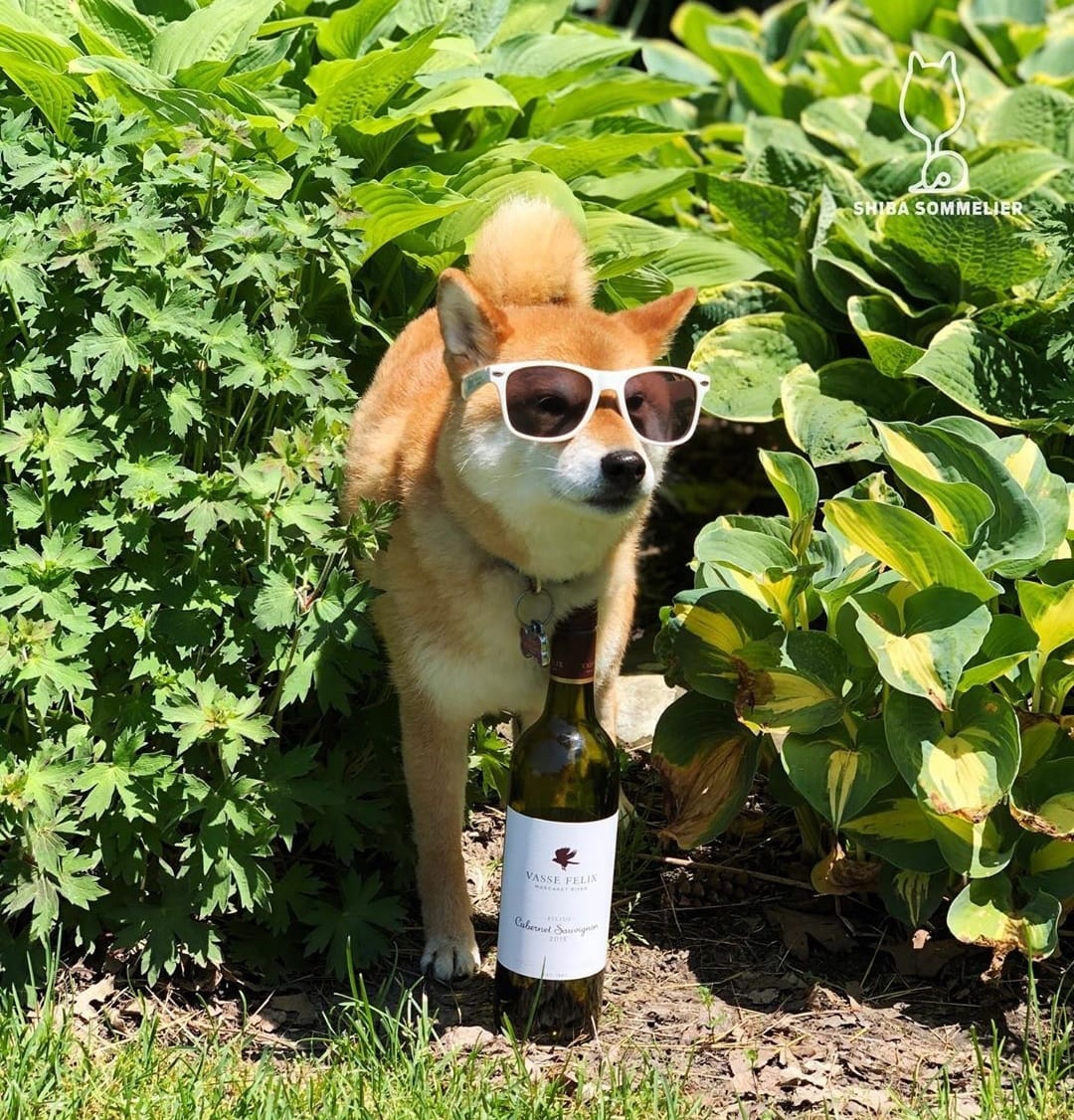 As for Instagram Live which exploded during the lockdown, maybe I’ve reached my saturation point with it but I also find it rather annoying. Firstly, the livestream stops when you go to some other app, for example if you want to check a WhatsApp message you just got or factcheck something that was just said. Each time you have to re-enter the livestream which makes it obvious that you left in the first place, making you look bad. And it’s limited to just one hour which can be good for certain chatty people who need a bit of time management, but also limits the format a bit.
As for Instagram Live which exploded during the lockdown, maybe I’ve reached my saturation point with it but I also find it rather annoying. Firstly, the livestream stops when you go to some other app, for example if you want to check a WhatsApp message you just got or factcheck something that was just said. Each time you have to re-enter the livestream which makes it obvious that you left in the first place, making you look bad. And it’s limited to just one hour which can be good for certain chatty people who need a bit of time management, but also limits the format a bit.
Generally, I found the guided tastings or webinars about wine that I attended during lockdown to be much better on the Zoom platform than those on Instagram Live. Zoom keeps playing while you do other stuff in the computer and offers more features both for the host and the participants, essentially like a live video podcast. For me, Instagram Live works better for musicians or a live event that you don’t have to pay much attention to, not something that has educational purposes.
4. Selfie Overload
Much like I find an Instagram feed dominated by bottle shots to be tedious, feeds in which every single picture is a selfie are equally unappealing. Whether men or women, super hot or average, in gorgeous locations or at home, they really don’t speak to me. Unless the person in the selfie is someone I know personally, they always make me feel a little uncomfortable and quite bored. I can see why so many people have selfie-heavy accounts, as whenever I’ve posted the rare shot of myself, it gets way more likes than most posts for some reason. I guess a person is more relatable than a wine.
It is however very important to remember one thing about selfies: everyone can post whatever they want and in whatever outfit they want and you should not pick on them for it like I have often seen on Twitter discussions. Sure, there are plenty of users taking advantage of their “special attributes” to get attention, but also keep in mind that if you’re a breasted-person when you hold something like a bottle or a glass to the camera those breasts are in the frame simply because of their location in the body. They’re not like a hat that one can put on or take off, they’re always there. And if cleavage is intentionally on display, ask yourself why it bothers you and leave it alone. Just scroll down and bask in your very serious, boob-less, intellectual approach to wine in the comfort of your own smugness and let these people enjoy their bodies while they can. If you want to bitch, Twitter is there for you.
5. Instagram is not a Blog
With Instagram’s ever-tweaking of the algorithms and obscuring the follower count or other features that allowed users to easily find and follow each other, leaving comments on photos (or even Stories) is nowadays really important in order to be noticed and to create actual connections with other users. Meaningful interaction is very important, as is posting meaningful captions that actually say something instead of a sad cliché like “Somm life”, “Someone has to do it” or “Living the Dream” next to a gazillion, usually unimaginative or misspelled hashtags that nobody is going to look at.
With the decline in blogging as a hobby, some people use Instagram captions as de facto blog posts that are not very user-friendly to read and often feel very forced or contrived (avoid quoting poetry, particularly Latin or ancient Greek authors). But if you feel like you have a lot to say, perhaps Instagram is not the best medium to bare your soul or to give a lecture about malolactic conversion or yes, bottle closures. You might want to consider WordPress or another app that’s better suited for writing. Or start a newsletter as those have made a serious comeback. But please, please, for the love of God, don’t write a book about falling down the rabbit hole of natural wine or how you saved the world from Parkerization.
Or do? I mean, who am I to tell you what to do. I just drink here.
You’re reading a free article on Hudin.com.
Please consider subscribing to support independent journalism and get access to regional wine reports as well as insider information on the wine world.
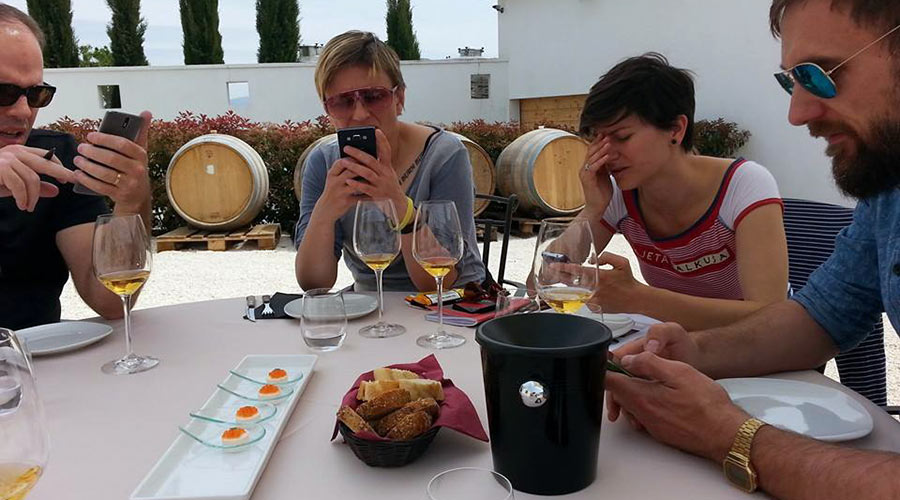
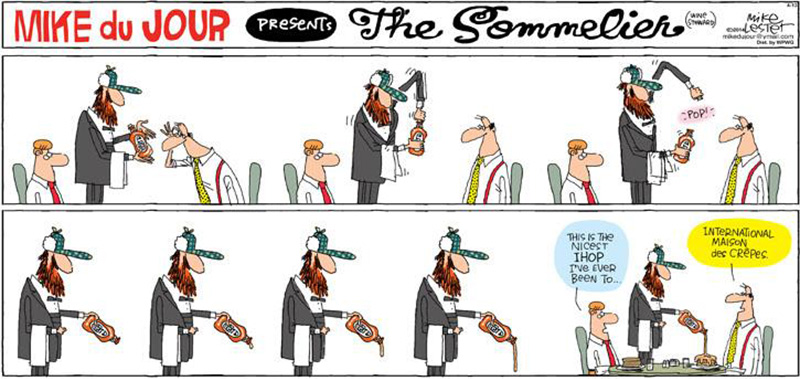
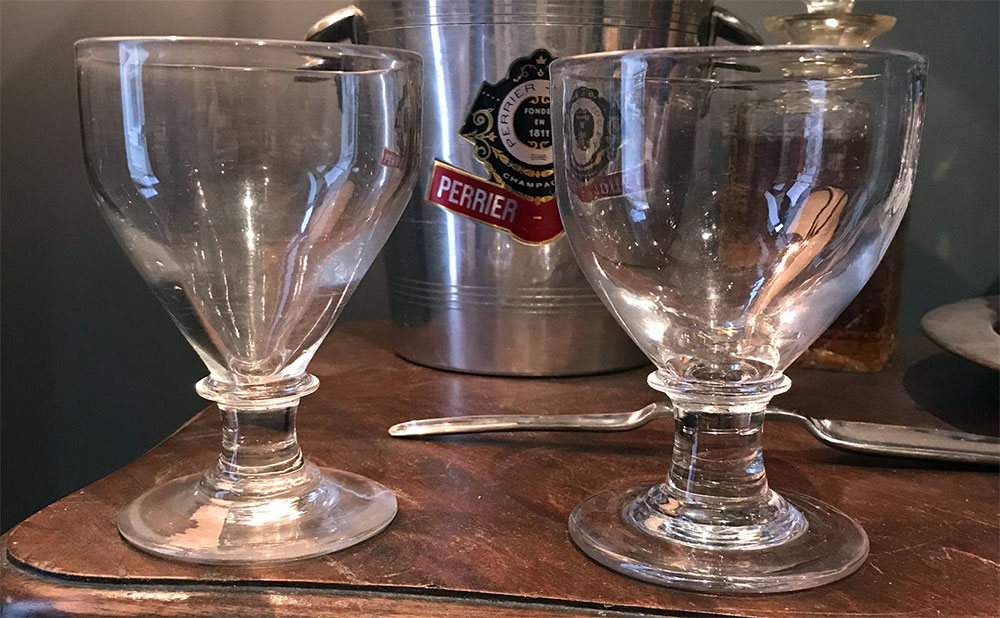

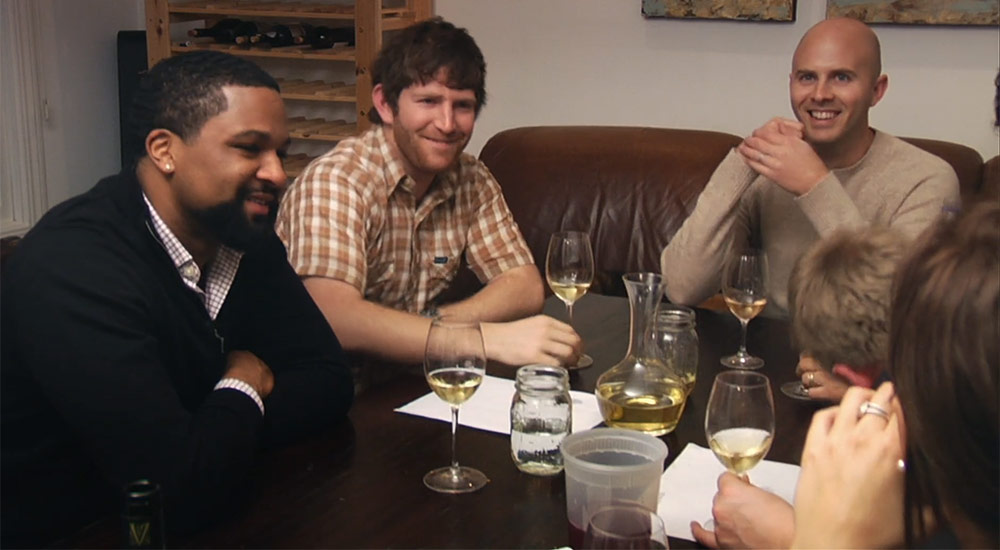
Such a timely commentary! We have an educational research website regarding women winemakers (www.womenwinemakers.com) and have been debating the usefulness of Instagram in addition to our weekly educational posts on our FaceBook page. We still are unsure whether to do so, but you have given us more factors to consider in making a final decision. Thank you.